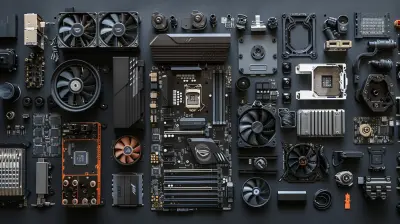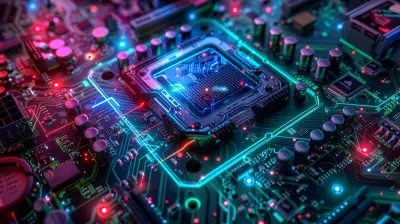Mobile Processors: Breaking Down the Latest Advancements
17 October 2025
Mobile processors have come a long way from their early days, where basic tasks like calling and texting were the norm. Fast forward to today, and these tiny chips power everything from high-end gaming to artificial intelligence (AI)-driven tasks. But what exactly has changed? What makes modern mobile processors so powerful? Let’s break it all down. 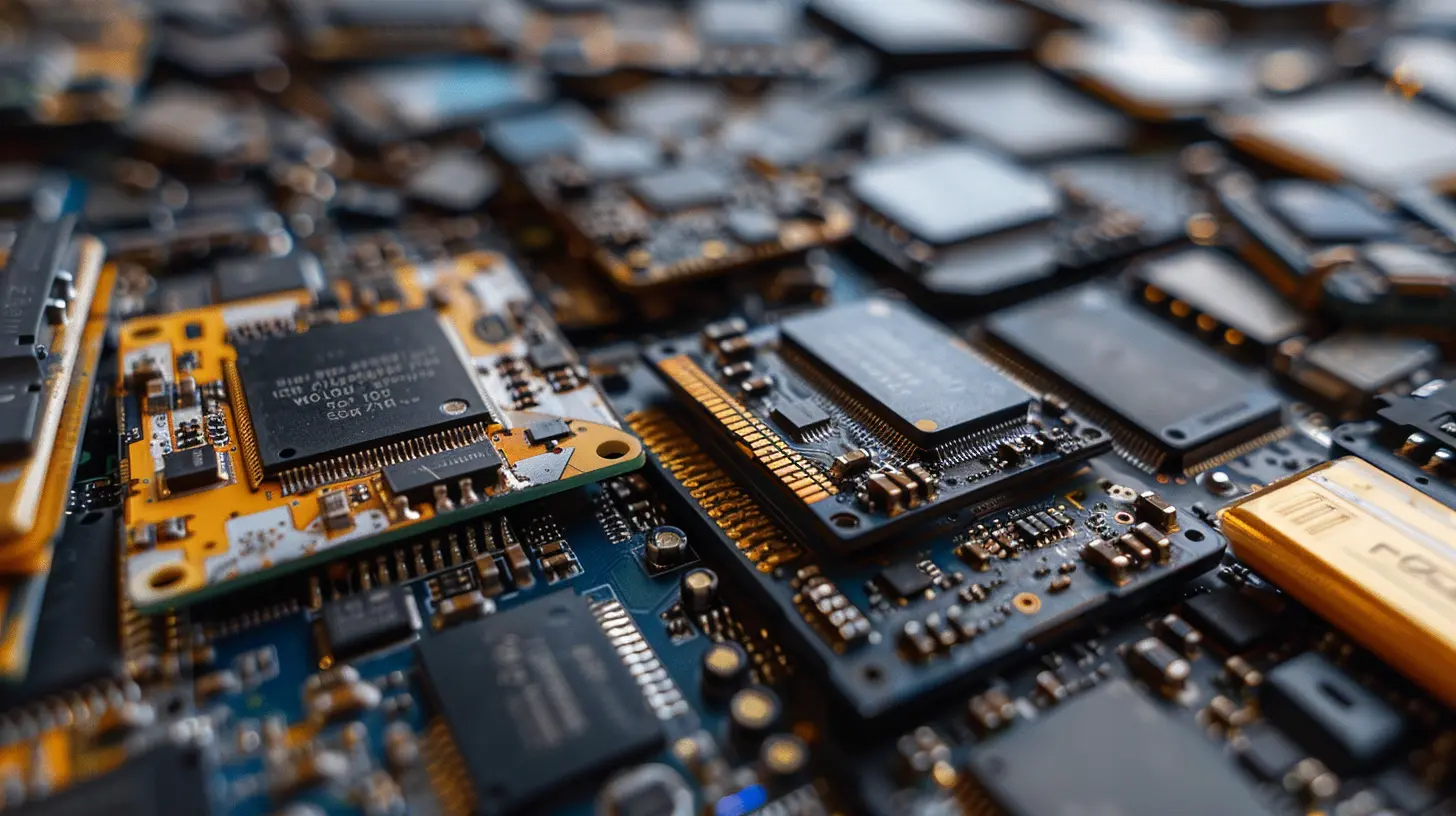
The Evolution of Mobile Processors
If you rewind a couple of decades, mobile phones were just that—phones. Their processors were basic, designed to handle simple functions like calling, messaging, and running basic apps.Today, things are wildly different. Mobile processors have become miniature powerhouses, capable of running console-quality games, processing 8K video, and even handling AI computations. But what’s truly driving this change?
The Shift From Single-Core to Multi-Core Processors
Remember when dual-core processors were a big deal? Now, modern smartphones are equipped with octa-core (8-core) processors—and some even utilize multiple performance and efficiency cores for optimized task management.- Single-Core Processors – These were fine for basic tasks but struggled with multitasking and power efficiency.
- Dual-Core & Quad-Core Processors – These allowed for smoother multitasking, as tasks could be allocated to different cores.
- Octa-Core and Beyond – Today’s flagship smartphones often have a mix of high-performance and power-efficient cores to ensure both speed and battery longevity.
By using multiple cores, modern processors can prioritize different tasks efficiently. Want to browse social media? The power-efficient cores handle that. Running a high-end game? The performance cores kick in. This balance helps save battery while maintaining top-tier performance. 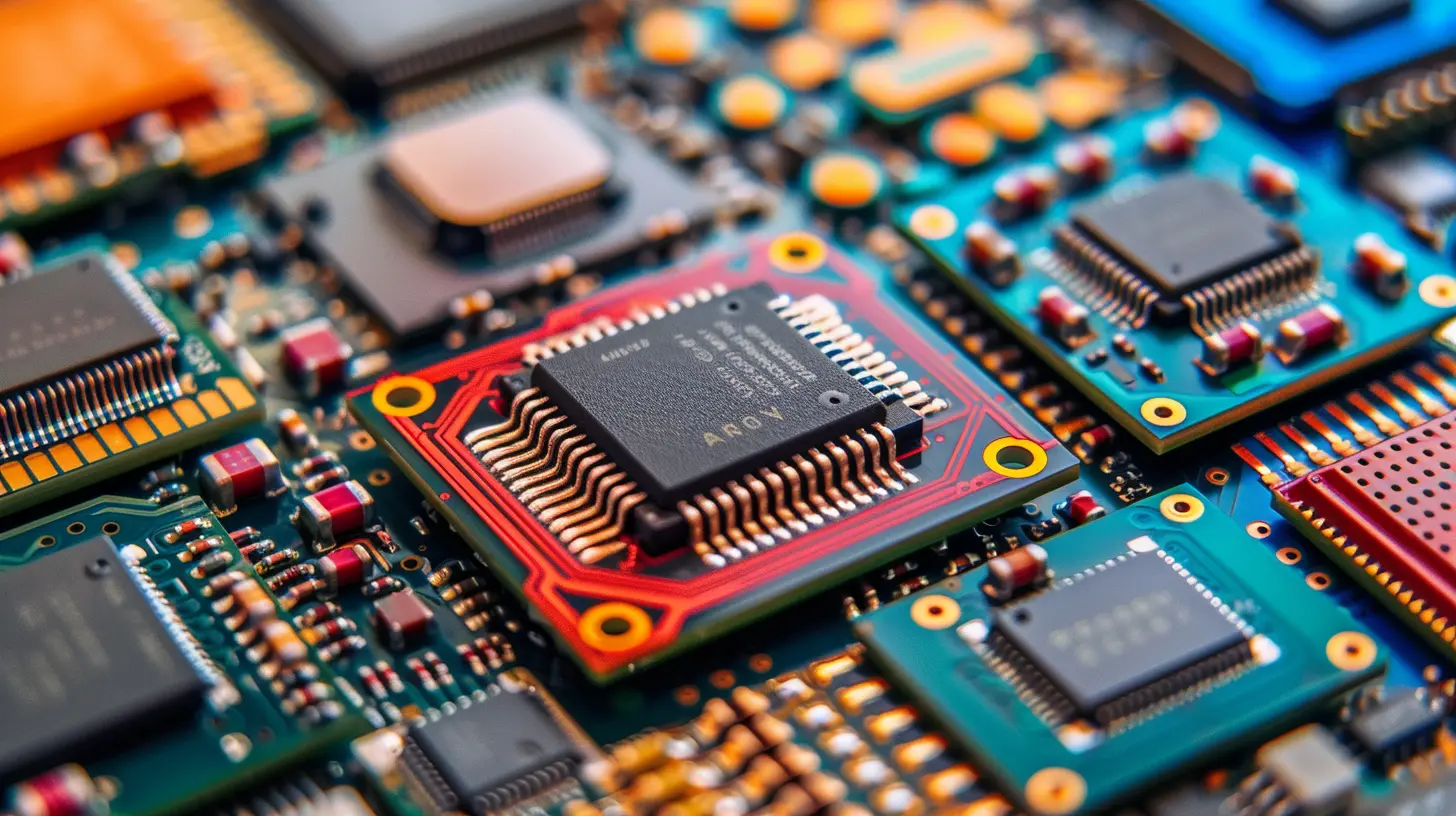
The Impact of Smaller Process Nodes
One of the most exciting advancements in mobile processors is the shift toward smaller process nodes. If you've ever seen numbers like 7nm, 5nm, or even 3nm, these refer to the manufacturing process used to create these tiny chips. Essentially, the smaller the number, the more transistors a chip can pack in, leading to increased efficiency and better performance.Why Does This Matter?
- More Power in a Smaller Space – A smaller process node means more transistors can fit into the same chip, leading to increased processing power.- Better Efficiency – Smaller chips require less power, improving battery life.
- Lower Heat Generation – As chips become more efficient, they produce less heat, meaning your phone stays cooler during heavy usage.
Apple, Qualcomm, MediaTek, and Samsung are all competing to push the boundaries here, with 3nm chips expected to dominate in flagship phones soon. 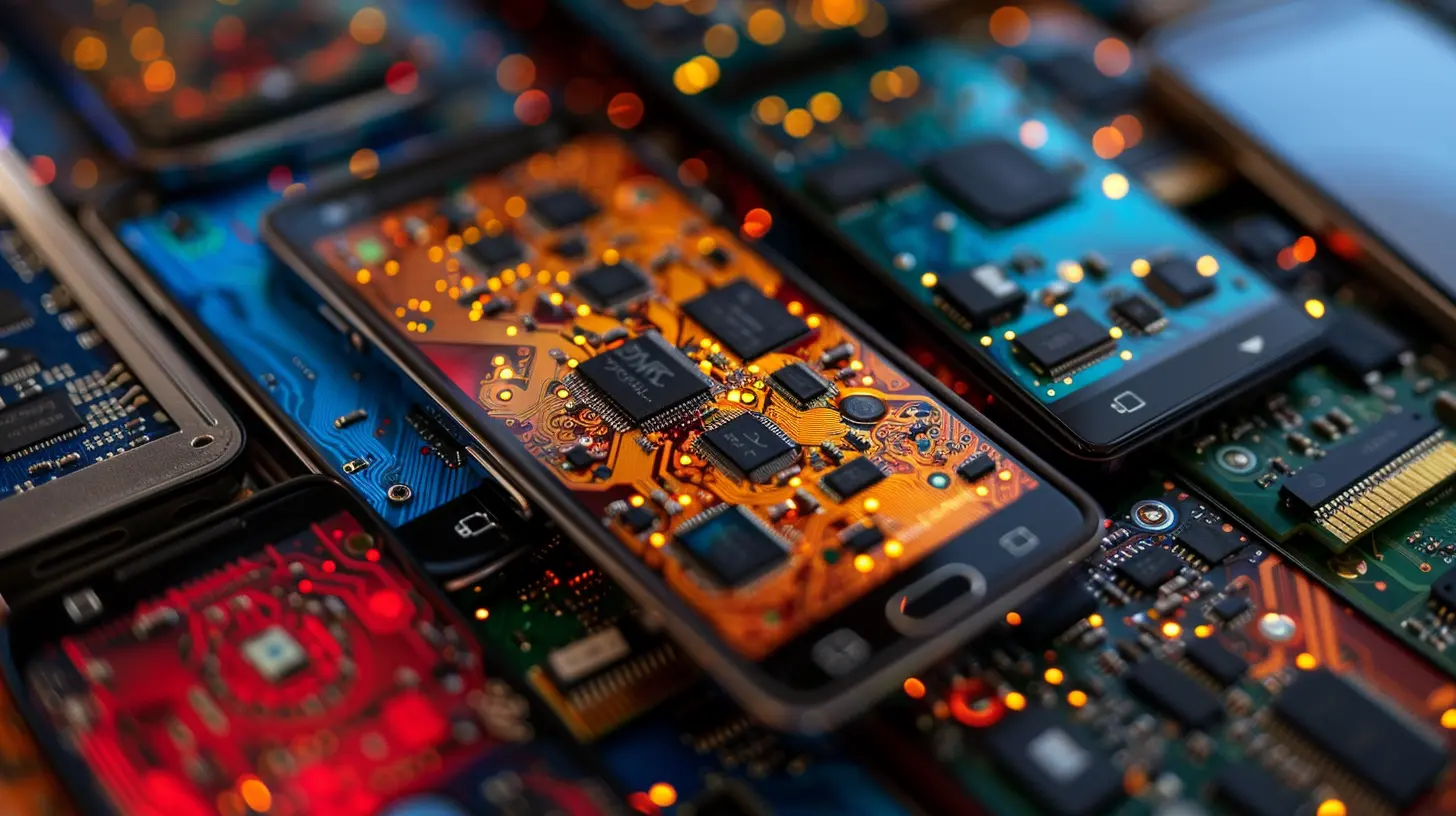
The Role of AI in Mobile Processors
AI isn't just something for smart assistants like Siri or Google Assistant—it plays a massive role in modern smartphone processors. Today’s processors come equipped with Neural Processing Units (NPUs), which handle advanced AI functions.What Do These AI Enhancements Do?
- Improved Camera Processing – AI optimizes photography by adjusting lighting, sharpening images, and even removing unwanted objects.- Faster Voice Recognition – Virtual assistants respond quicker thanks to dedicated AI cores.
- Battery Optimization – AI learns user habits and adjusts power consumption accordingly.
- Real-Time Translations & Speech Recognition – AI-powered processors enable instant translations without needing an internet connection.
With each new generation of mobile chips, AI capabilities continue to expand, making smartphones smarter and more intuitive. 
The GPU Revolution: Mobile Gaming Like Never Before
Gaming on smartphones used to be an afterthought. Now? Mobile processors come equipped with high-performance GPUs (Graphics Processing Units) that rival dedicated gaming consoles.How Have GPUs Improved?
- Ray Tracing – This technology, which was once limited to high-end gaming PCs, is now making its way to mobile processors, improving lighting and reflections in mobile games.- Higher Refresh Rates – Processors now support 120Hz and even 144Hz displays, making gameplay smoother.
- Better Thermals and Efficiency – Modern GPUs are more power-efficient, allowing for longer gaming sessions without overheating.
Gaming-focused processors like Qualcomm’s Snapdragon 8 Gen series and Apple’s A-series chips are designed to handle demanding games with ease. With cloud gaming also growing, mobile processors are only going to get better at handling console-level experiences.
5G & Connectivity: How Processors Are Improving Internet Speeds
Fast and reliable connectivity is a must in today’s mobile world. That’s why modern mobile processors integrate advanced 5G modems, allowing for faster upload and download speeds, lower latency, and more stable connections.What Does This Mean for Users?
- Seamless Streaming – Buffering is becoming a thing of the past, even for 4K and 8K video streaming.- Better Online Gaming – Faster speeds and reduced lag make mobile gaming competitive.
- Improved Cloud Computing – With 5G, cloud-based applications run faster, meaning you can work or game with ease.
As 5G infrastructure develops, mobile processors will continue to evolve to take full advantage of these speeds.
Security Features: Keeping Your Data Safe
With mobile devices handling everything from banking to sensitive passwords, security is more important than ever. Modern processors come loaded with hardware-level security features to protect users.Key Security Enhancements
- On-Device AI Security – Identifies threats in real-time without relying on cloud-based scans.- Secure Enclaves – Apple’s Secure Enclave and similar technologies ensure fingerprint and facial recognition data never leave your device.
- Real-Time Malware Protection – Some processors are now capable of detecting and blocking suspicious activity before it causes harm.
In an age where cyber threats are rising, these advancements in mobile processor security are critical to keeping users protected.
The Future of Mobile Processors
So, where do we go from here? Mobile processors are on an unstoppable trajectory, and we can expect even more powerful chips in the coming years.What’s Next?
- 3nm and Beyond – The race to shrink process nodes continues, meaning more efficiency and power.- Quantum Computing Influence? – While still years away from commercial use, mobile processors could see inspiration from quantum advancements.
- Higher AI Integration – Future processors might fully integrate AI for real-time performance optimizations without any user input.
At this rate, smartphones may soon rival traditional computers in power and functionality.
Conclusion
Mobile processors have undergone massive changes over the years. From basic single-core chips to AI-driven, 3nm powerhouses, these advancements have redefined what smartphones can do. Today, we have devices in our pockets capable of gaming, photography, AI processing, and much more—all thanks to these tiny but mighty processors.As technology continues to evolve, one thing is clear: mobile processors will only get faster, smarter, and more efficient. So, the next time you pick up your smartphone, just know that there’s a world of innovation happening inside that sleek little device.
all images in this post were generated using AI tools
Category:
Mobile TechnologyAuthor:

Kira Sanders
Discussion
rate this article
1 comments
Gemma Pace
“Mobile processors are like the superheroes of our pocket gadgets—always evolving, saving the day with lightning speed and efficiency! Can’t wait to see what these tech wizards cook up next. Bring on the speed! 🚀”
October 20, 2025 at 4:52 AM

Kira Sanders
Thank you! We’re excited too—these advancements are truly transforming our portable devices! 🚀
